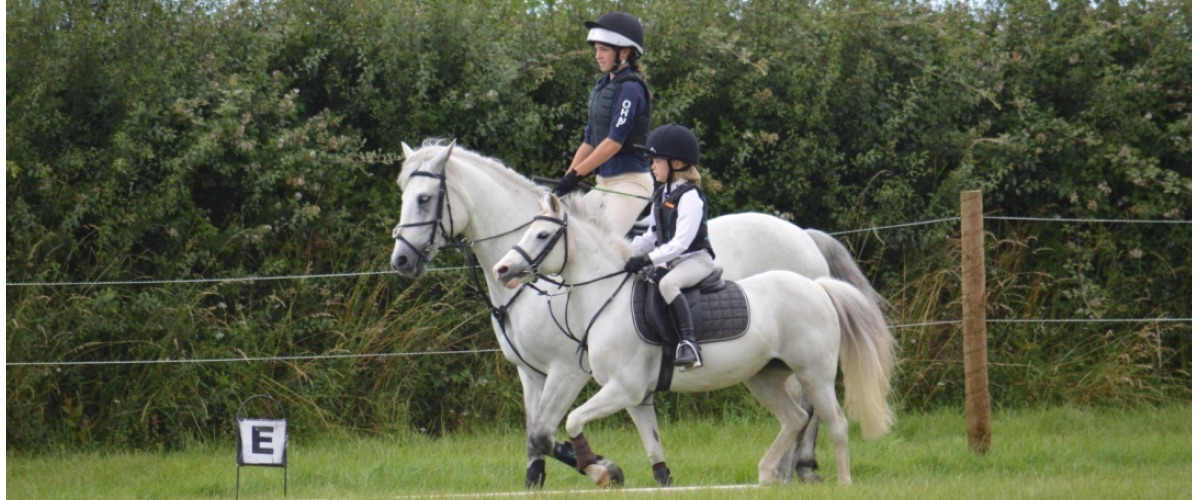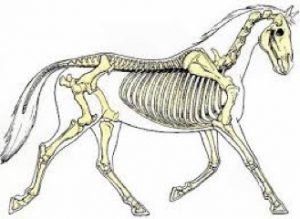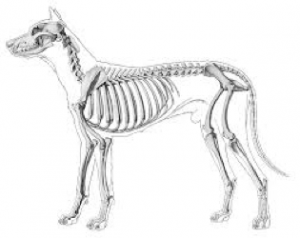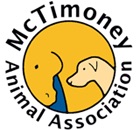
Tracey Coulson qualified as a McTimoney Animal Practitioner at The McTimoney Chiropractic College in 2014. She gained a Masters in Animal Manipulation Therapy. This course is unique in Europe. It is the only externally validated post graduate programme that trains students in techniques for adjusting animals.
EFFECTIVE THERAPY TO PROMOTE OPTIMUM PERFORMANCE, HEALTH AND SOUNDNESS IN YOUR ANIMAL.
Like people, animals suffer from back, neck, pelvic and musculoskeletal problems. They can benefit from McTimoney treatment. It doesn’t matter whether it’s a top level competition animal or beloved family pet, when they are not on top form the effects can be profound for both you and your animal.
As a McTimoney Animal Practitioner, Tracey helps your horse, dog or indeed most other animals to regain and maintain their full mobility. This can be achieved by relieving their musculoskeletal problems and improving their general health and mobility. You can see what some of her clients have said by visiting the TESTIMONIALS.
Tracey is fully insured. She is a member of the McTimoney Animal Association. which is a British Equine Veterinary Association allied professional group. Suitably qualified post-graduate members of BEVA allied professional groups are considered to have the necessary knowledge and experience to safely treat horses following a veterinary referral.
An owner must always consult their veterinary surgeon BEFORE seeking McTimoney treatment. It is illegal for anyone to treat an animal without a veterinary surgeon’s approval. Most vets are aware of the benefits of complementary treatments for animals. As a result they will readily give their permission for the animal to be adjusted.
THE TREATMENT
Firstly a detailed case history will be taken, with details of the injury or change in behaviour and an impression of the animal’s exercise pattern and general lifestyle.
A static and mobile assessment of the animal will be done. Then the spine, pelvis and any other relevant joints are analysed for any misalignments or spasm in the associated muscles. The problem areas are then treated with very precise and rapid adjustments. This corrects the misalignment and reduce any muscle spasm. The treatment is non-invasive and holistic practitioners only use their hands for analysis and treatment, and have a very finely tuned sense of touch capable of detecting the smallest misalignment. Most animals readily accept the treatment, and owners like it because no anaesthetic or drugs are needed.
Aftercare usually involves rest and/or limited exercise for a few days. The animal may require several treatments, depending on the nature of its injury, and it is recommended that animals receive regular check-ups to help maintain optimum performance and health as a preventative measure.
WHEN TO SEEK HELP
McTimoney practitioners rely on the owner’s observations and the veterinary surgeon’s subsequent referrals. Indications in animals vary. Most owners will recognise when their animal is in pain, or showing signs of distress. As a guide owners should consider seeking treatment if their animal displays any of the following signs:
HORSES:
 Unlevelness, especially behind.
Unlevelness, especially behind.- Uneven wear of shoes.
- Sore or cold backs, uneven pressure from saddles or the saddle slipping to one side.
- Unexplained deterioration in usual performance.
- Asymmetry, such as stiffness on one rein, or a disunited canter.
- Unexplained resistances, such as napping, rearing, refusing, bucking, etc.
- Uneven muscle development or atrophy.
DOGS:
- Crying out when getting up.

- Difficulty climbing stairs or getting into cars.
- Signs of discomfort when being stroked on their backs.
- A reluctance to exercise.
- Stiffness or pain after exercise.
OTHER GENERAL INDICATIONS INCLUDE:
- Lameness after a fall or accident where alternative causes have been ruled out.
- Uncharacteristic changes in behaviour, performance or temperament.
- Limb-dragging or an odd and irregular action.
- Recurrence of symptoms previously successfully treated by manipulation therapy.
- Absence of any resolution of the problem using conventional methods.
- Rehabilitation after acute trauma for horses, dogs and cats.

